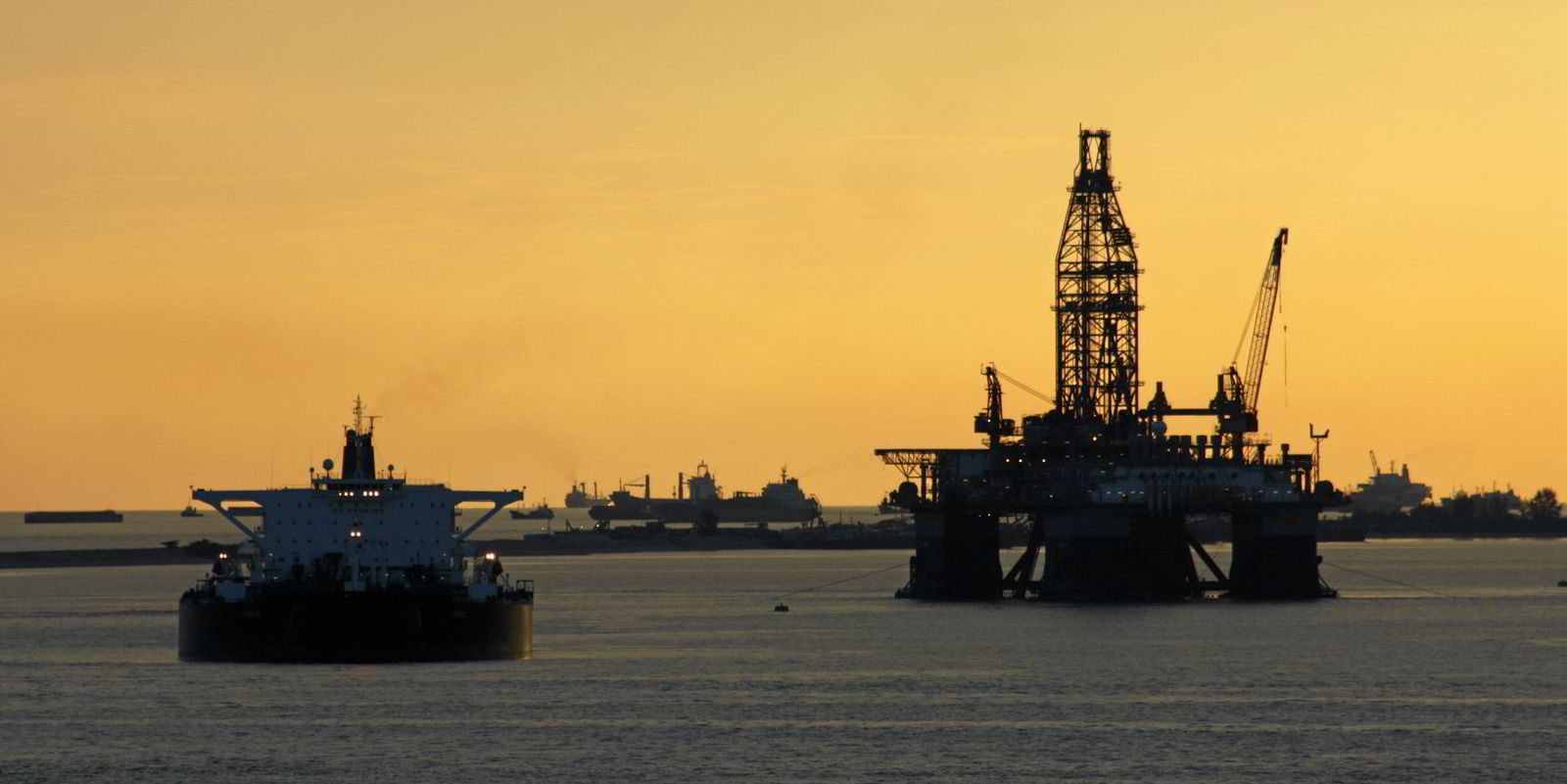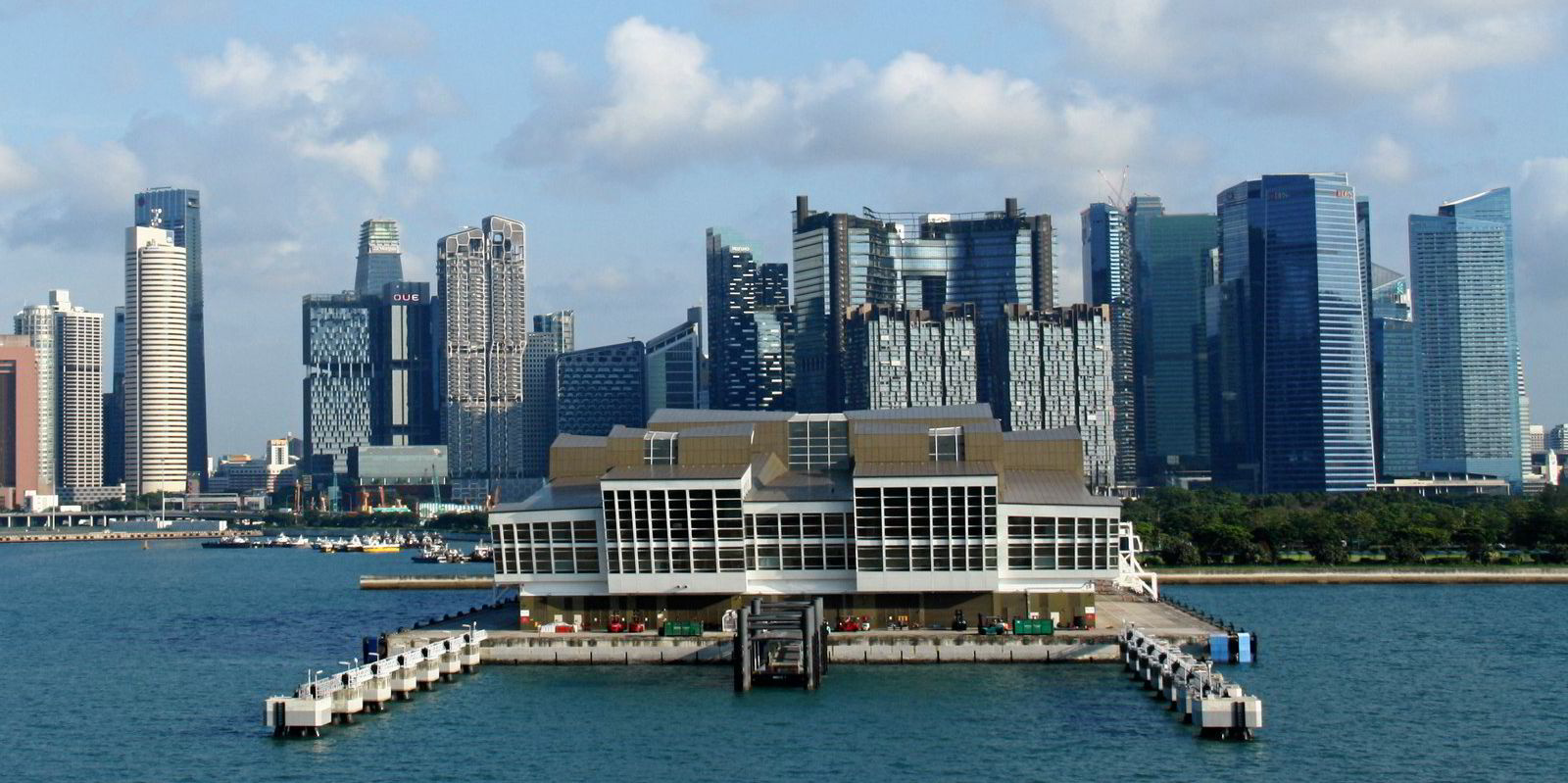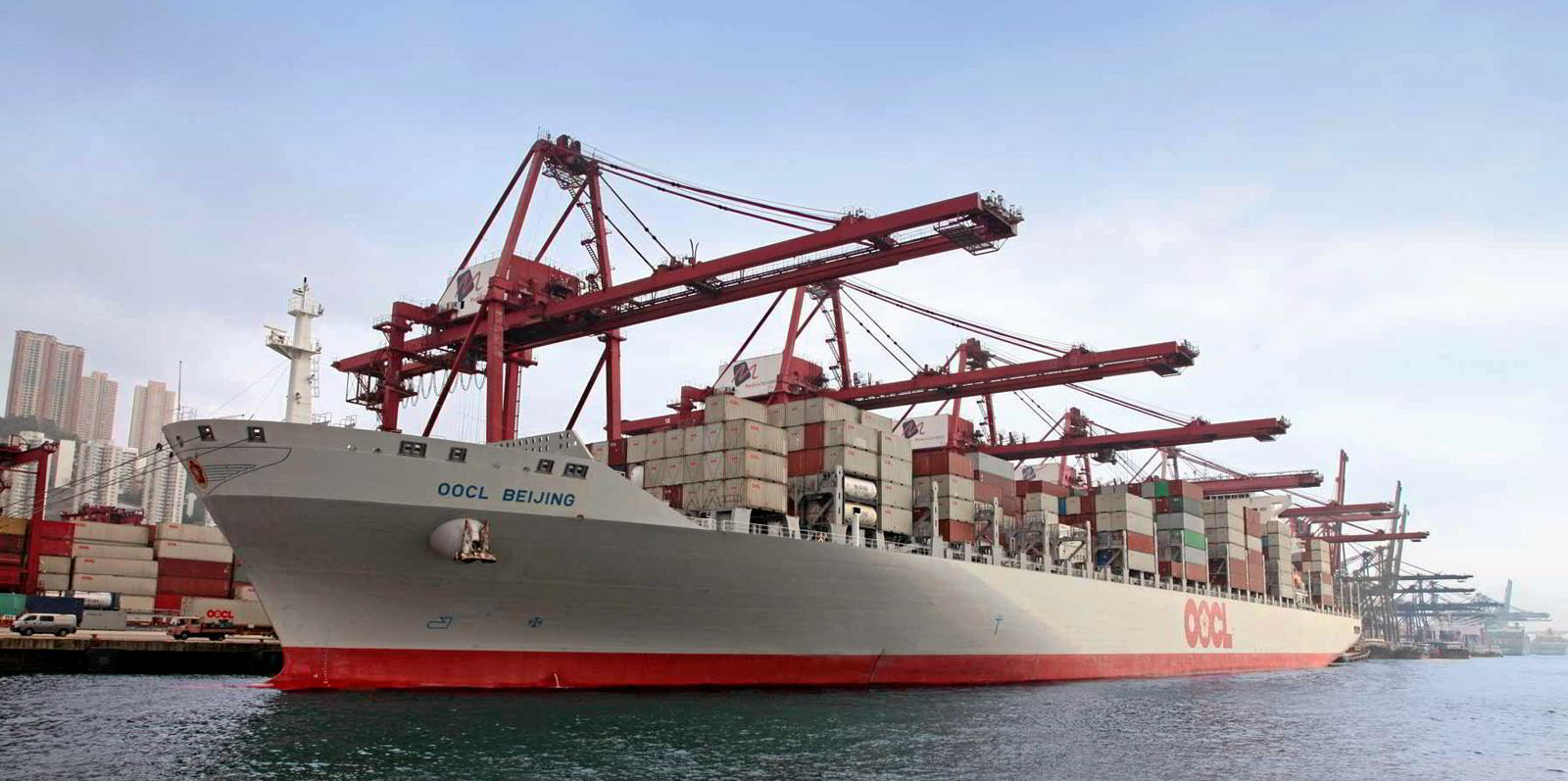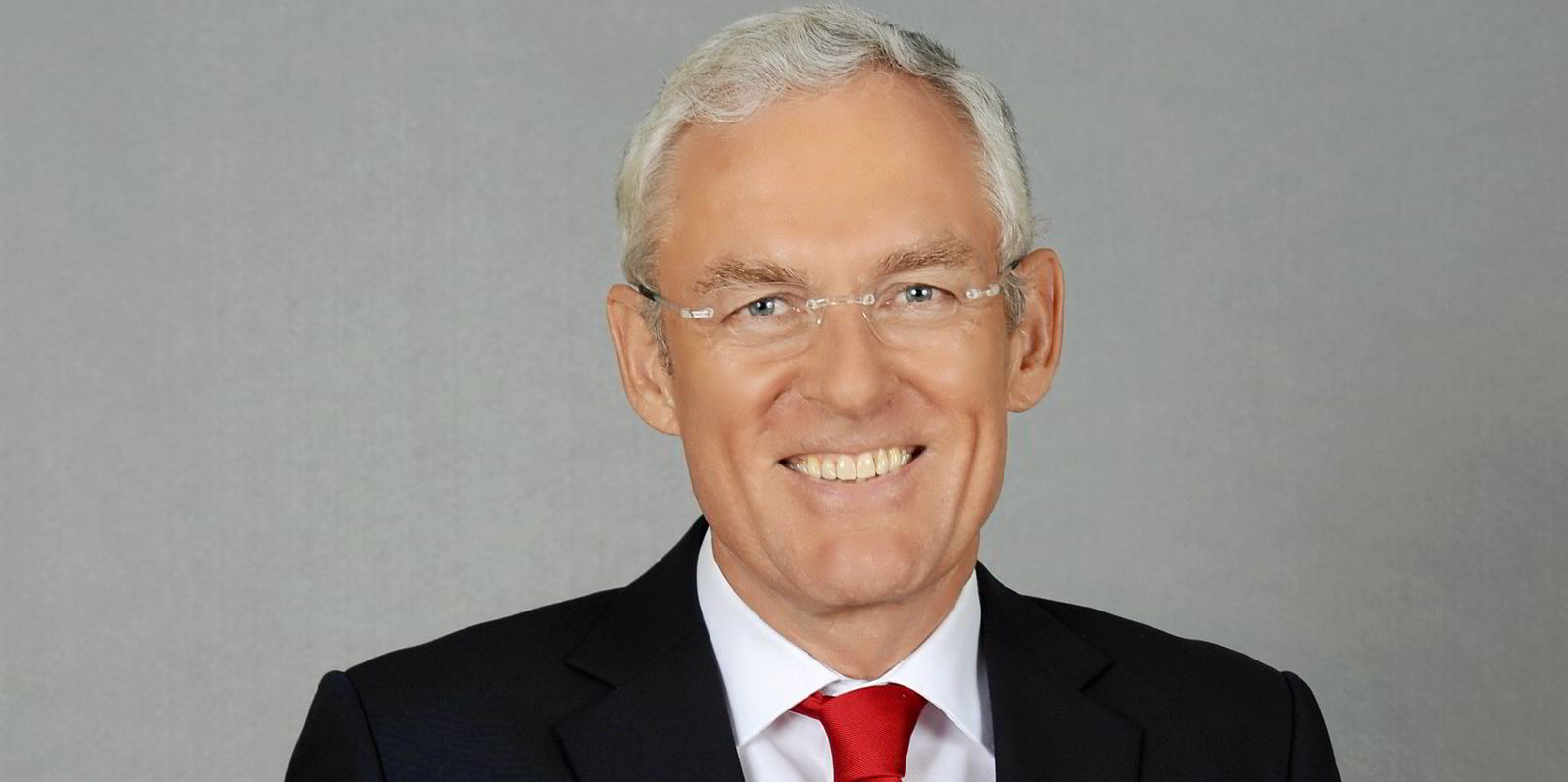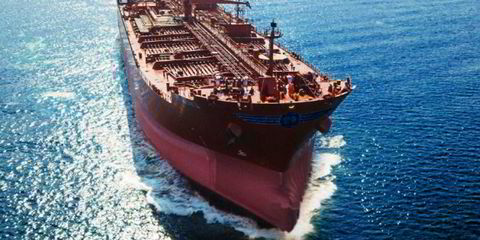Running a shipping business in Asia is not easy right now. Most borders remain firmly shut, while snap lockdowns come and go. Despite the difficulties caused by Covid-19, shipping in Asia continues to power ahead.
Asian owners and operators in the dry bulk and container shipping sectors are raking in the cash, while tanker players, who had a banner year in 2020, look on in envy. Struggling offshore players, meanwhile, wonder when their business will ever get out from under a very dark cloud.

Watching over these developments has been Esben Poulsson, the man often called the doyen of Asian shipping, who on 31 August celebrated the 50th anniversary of his arrival in Hong Kong to begin a long career in the industry that continues to this day.
Currently based in Singapore, and the chairman of the International Chamber of Shipping, Poulsson has spent almost all his life in shipping based in Asia. He has been involved in the broking, operating and owning sides, and served in executive roles at various shipping associations and committees.
Asian shipping today is vastly different from what it was when Poulsson first arrived in the region, he told TradeWinds.
“To me, the biggest single accomplishment of the Asian shipping industry in this 50-year period has been the sheer scale of its growth. By most estimates, Asian owners today control close to 50% of the world fleet — a far cry from 50 years ago.
Globally focused
“In general terms, I would say Asian shipping has become more global. Fifty years ago, aside from Japan and the explosion of the so-called ‘shikumisan’ deal — long-term charters by the main Japanese operators orchestrated by the trading houses and involving Hong Kong owners and banks — Asian shipping was more regional, especially South East Asia,” Poulsson explained.
Those Japanese charters continue to be an important feature of Asian shipping but have been supplemented by the rise of other leasing structures as Japanese banks look to broaden their customer bases.
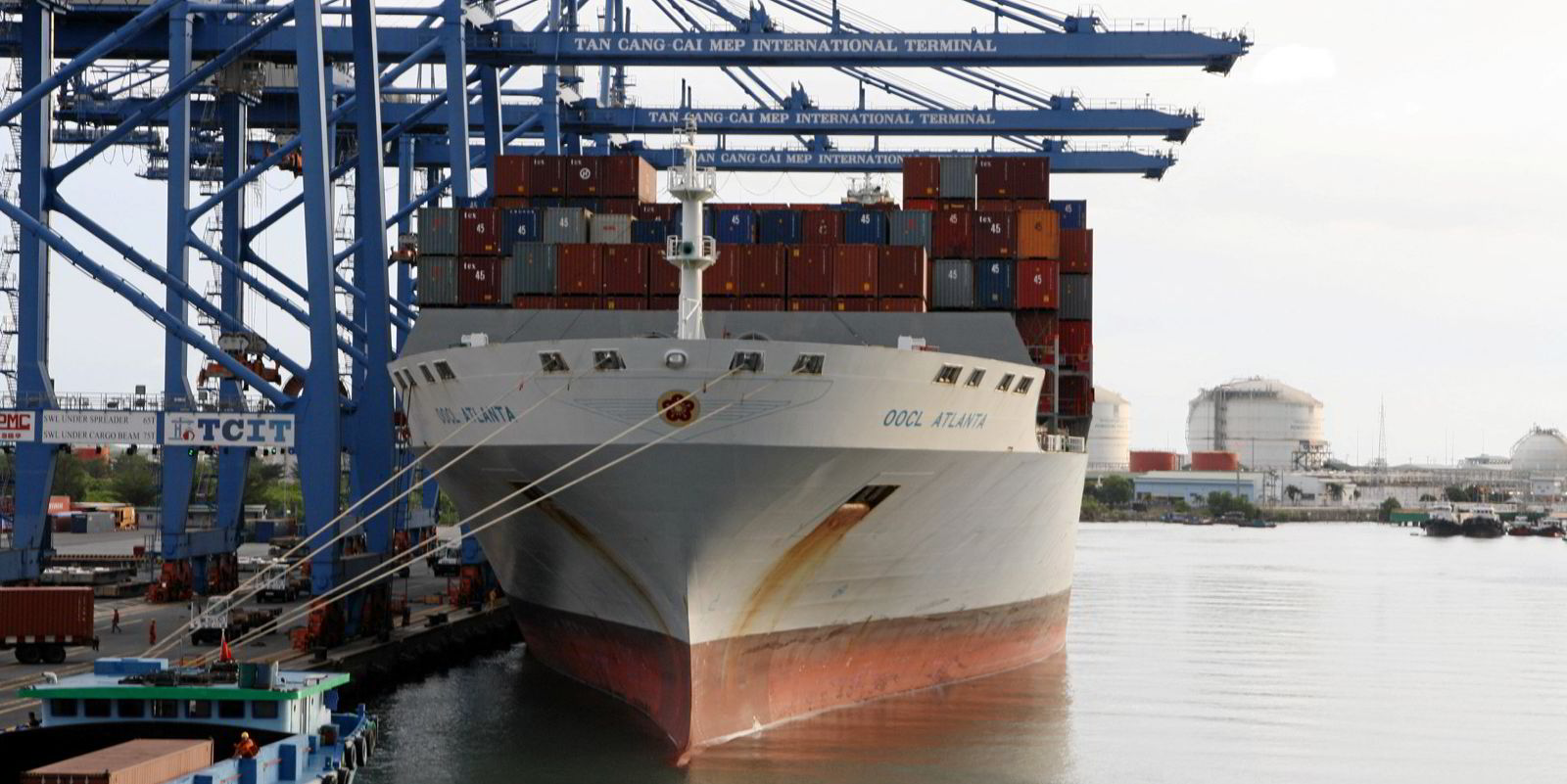
Chinese lessors have over the past decade taken a dominant role in global ship finance, and their success has prompted non-Asian leasing companies to establish a presence in the region.
Some, such as Russia’s GTLK Global, have selected Asia as the place to base their shipping headquarters.
Poulsson credits Asia’s decades-long shift towards an international focus for the success that many Asian shipping companies are enjoying in strong-performing sectors today.
This is especially so in the container shipping segment, where some of the largest global carriers, including Cosco Shipping, Ocean Network Express, Evergreen Marine and Orient Overseas Container Line, are based in Asia.
“In dry bulk too, China, Hong Kong and Japan operate significant fleets.
"In both these segments [liner and bulk] European-based players control a proportionally larger slice of these pies, but Asian companies have clearly become significant,” Poulsson said.
Sustainability shift
Asian shipping has continued to play an active role in pushing for sustainable shipping despite problems caused by the pandemic.
For some shipyards, such as those in Singapore that were heavily dependent on the offshore sector, a pivot towards green technology could secure them a more sustainable economic future along with Asian offshore operators that have begun to shift their focus towards offshore wind farm projects rather than their traditional “bread and butter” oil wells.
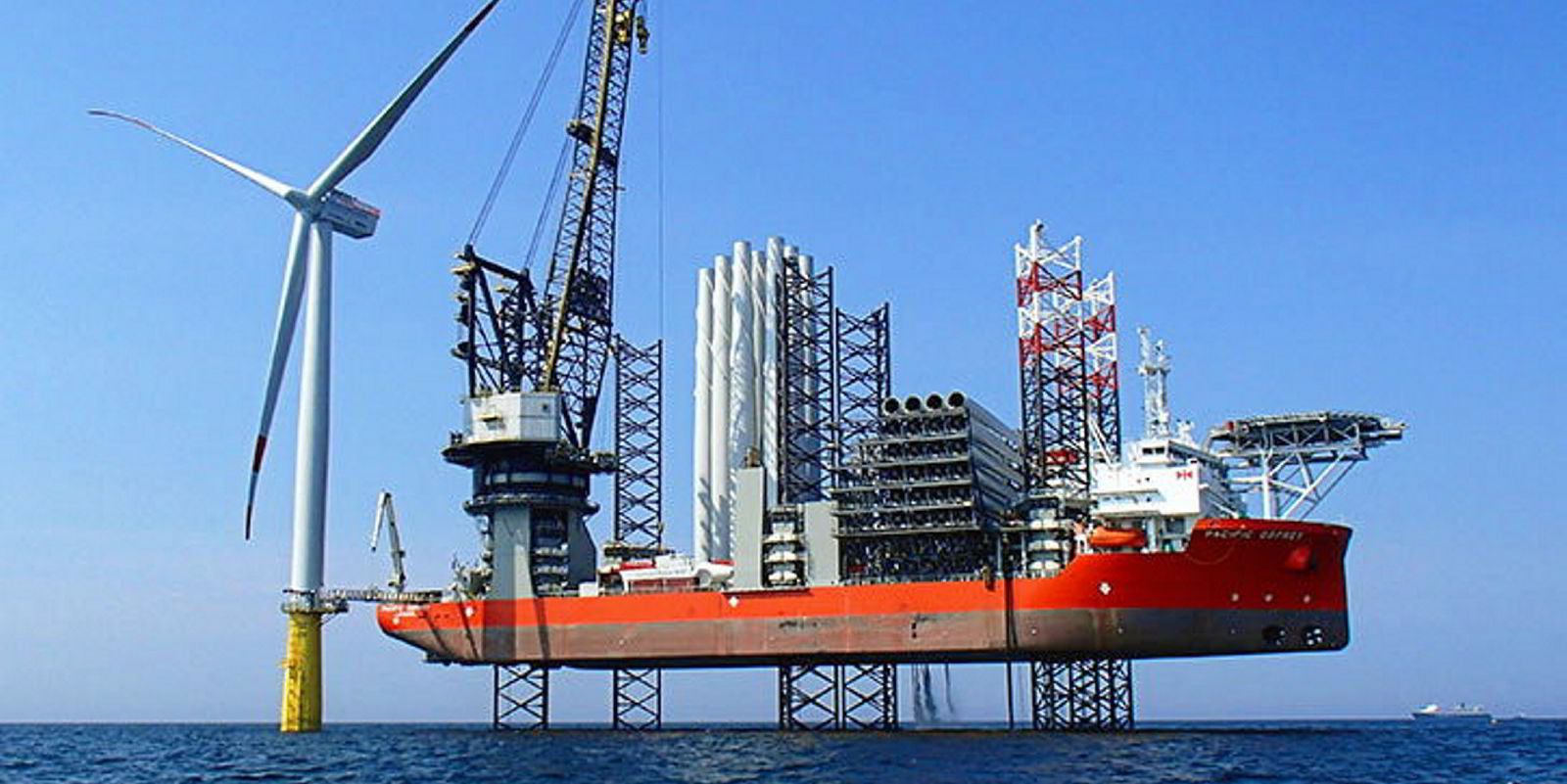
Larger Asian shipowners have become increasingly active in the development of new, green propulsion systems and alternative fuels, and together with tech partnerships, are looking to boost efficiency through digitalisation.
Poulsson said he could sense an industry-wide momentum building in addressing the most critical of issues, and this applies to Asian shipowners as much as anyone else.
“Owners move at different speeds on the emissions question as well as on many others. The larger companies clearly have the budgets and capacity to move faster, and those whose managements are ambitious and committed will always be ahead of some of the smaller companies,” he said.
Even though there is a positive mood in most Asian shipping markets today, Poulsson stressed there is still a need for Asian shipping to be cautious.
"History has shown us that whether you are an owner or charterer, don’t bite off more than you can chew," he said.
